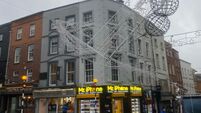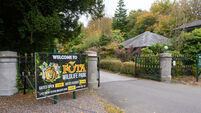‘Taxpayers picking up bill for one-off housing’
The Greens found that infrastructural and service costs associated with rural houses were far greater than for clusters of houses, but that most of the extra costs were being borne by the taxpayers.
It found that:













